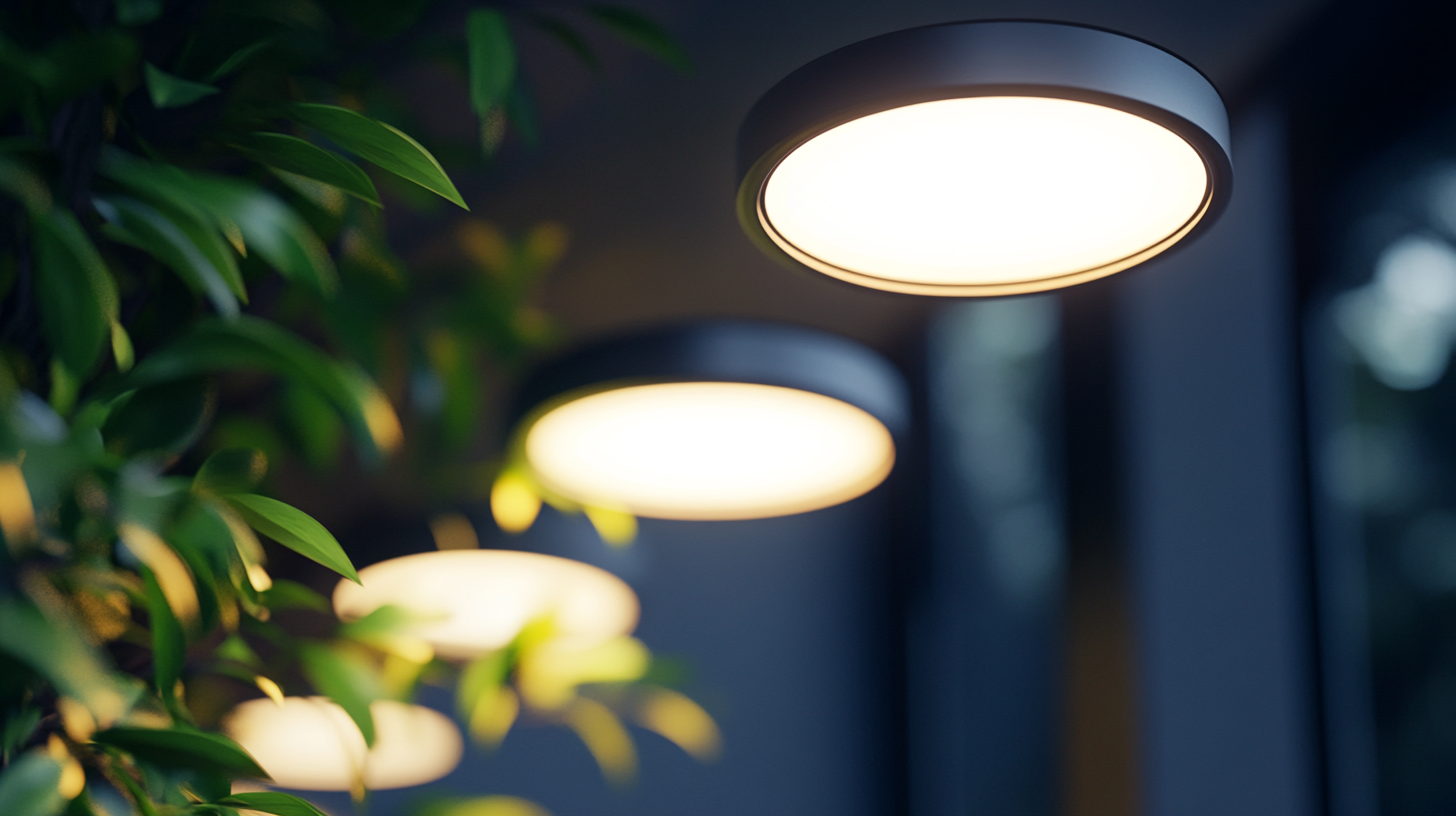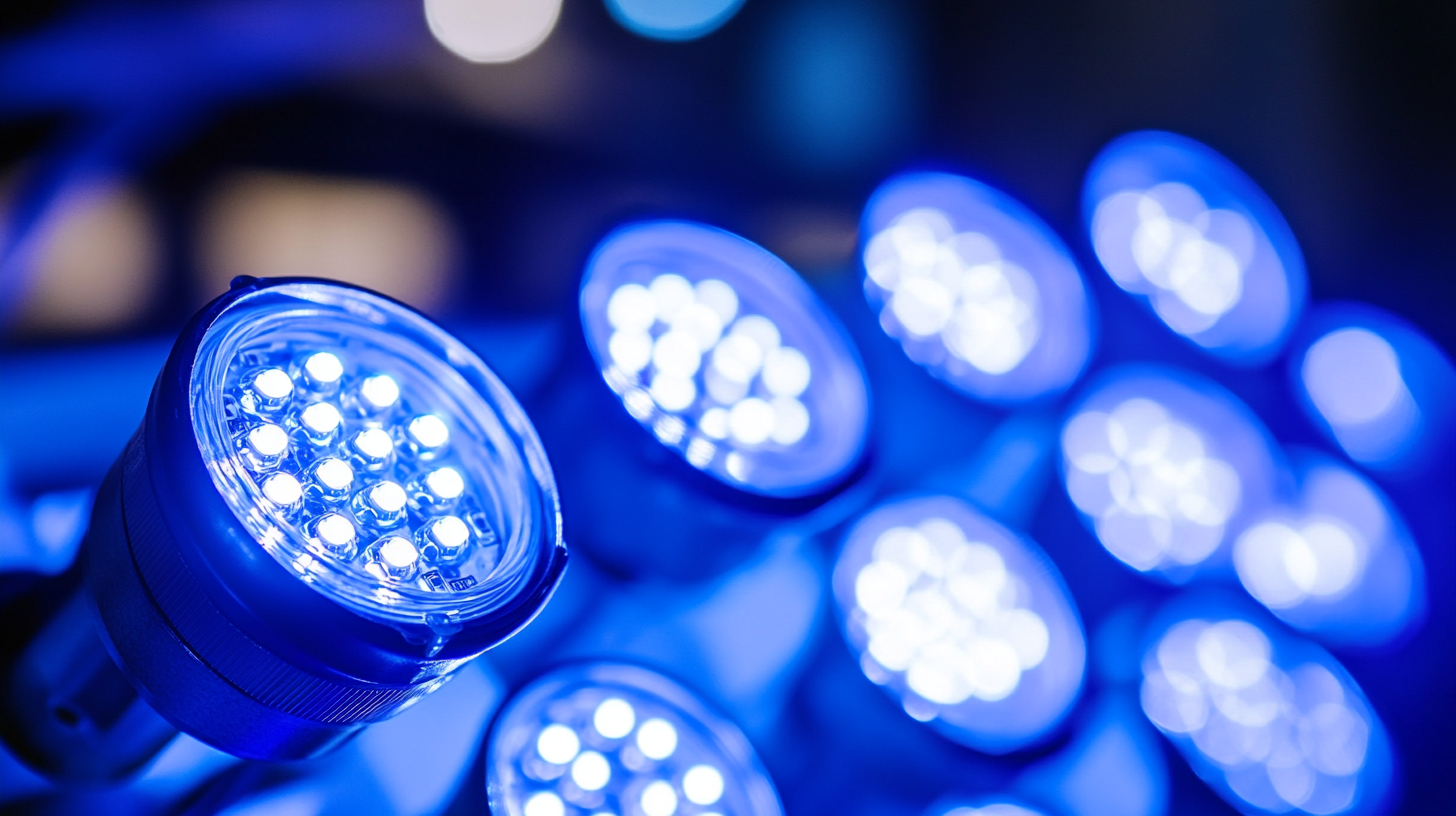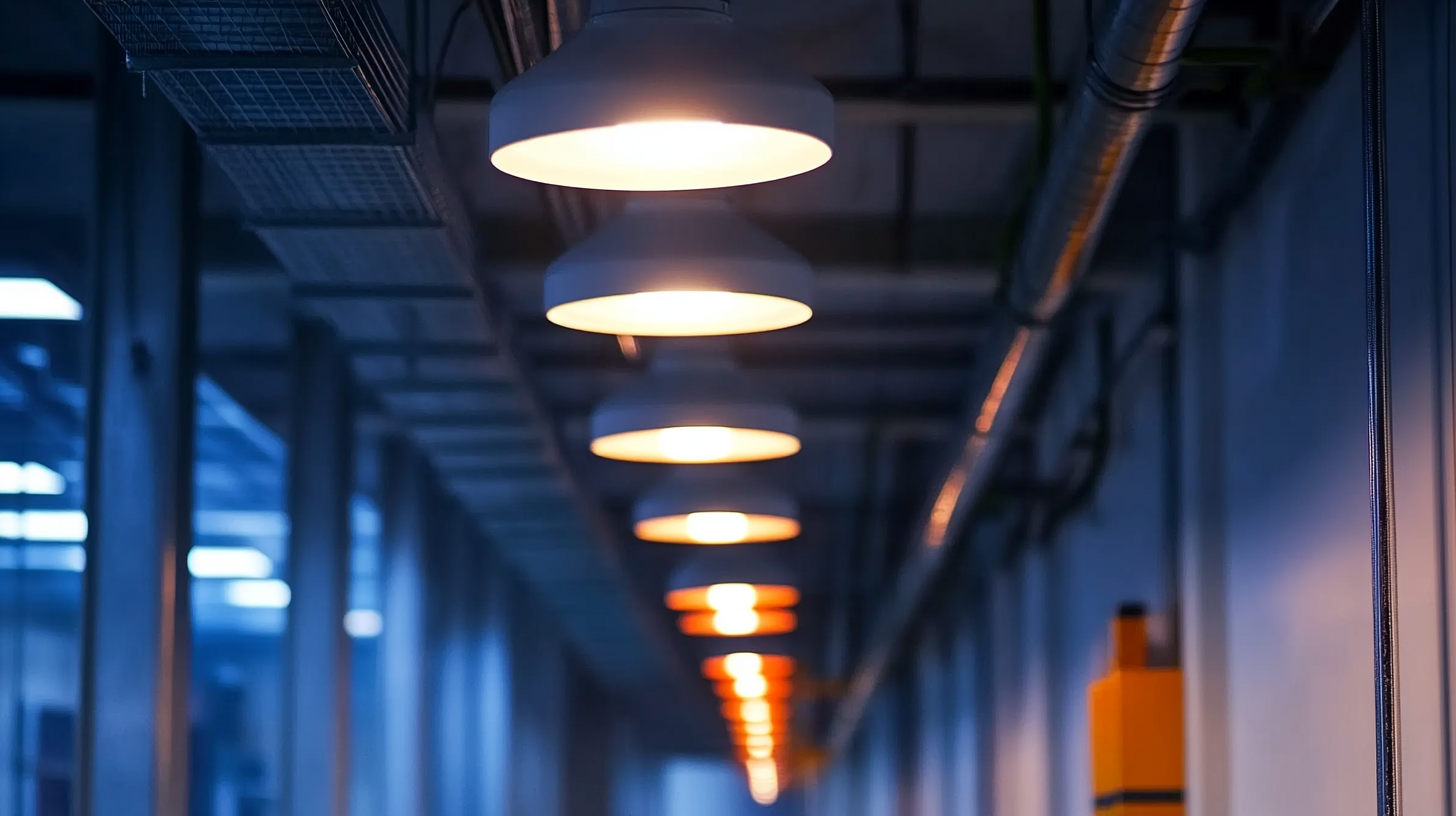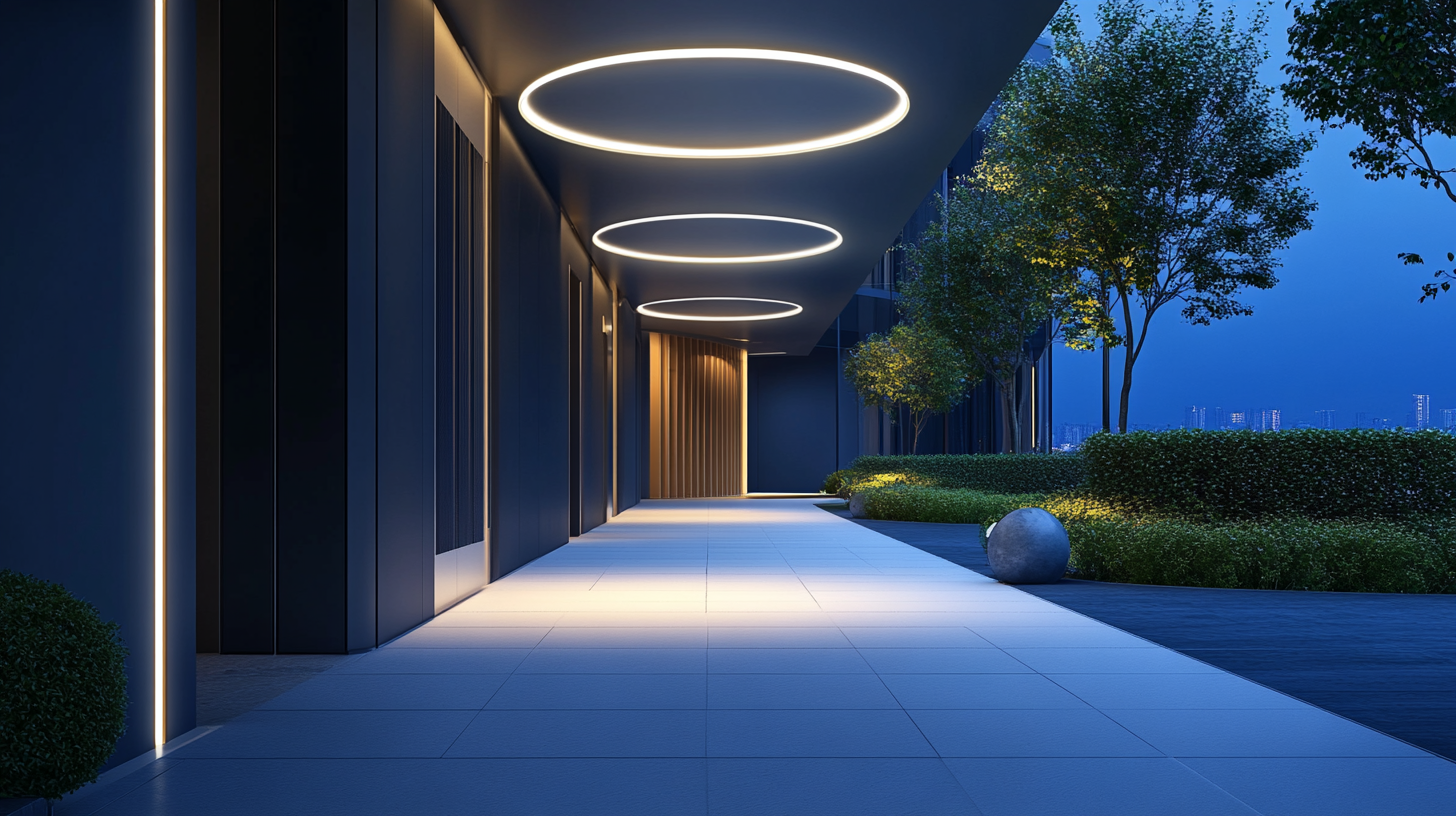Advantages of Utilizing Small Led Lights for Energy Efficiency and Cost Savings
In an era where energy efficiency and cost savings are paramount, the choice of lighting can significantly impact both our environment and our wallets. Small LED lights have emerged as a game-changer in the lighting industry, offering a multitude of advantages that traditional lighting options simply cannot compete with. From homes to commercial spaces, the adoption of these compact yet powerful illuminators is quickly gaining traction, promising not only reduced energy consumption but also long-term financial benefits.
The remarkable efficiency of small LED lights stems from their innovative technology, which allows them to produce more light with less energy. This characteristic not only contributes to lower electricity bills but also aligns with sustainability goals by reducing carbon footprints. As consumers become more aware of their ecological impact, small LED lights present an attractive solution that marries functionality with environmental responsibility. In this blog, we will explore the various advantages of utilizing small LED lights, highlighting how they can transform our approach to lighting while fostering a greener future.

Benefits of Small LED Lights for Everyday Use
Small LED lights have emerged as versatile tools for enhancing energy efficiency and providing cost savings in everyday applications. Their compact size, coupled with significant energy-saving capabilities, makes them an ideal choice for both residential and commercial uses. According to industry reports, switching to LED lighting can reduce energy consumption by up to 80% compared to traditional incandescent bulbs. This dramatic reduction not only translates to lower electricity bills but also contributes to extending the lifespan of the lighting source, which averages around 25,000 hours for LEDs. In addition to their energy-saving benefits, small LED lights are increasingly being utilized in innovative health and beauty treatments. Recent advancements in light therapy highlight the efficacy of specific wavelengths of LED light in treating skin concerns such as wrinkles and acne. Dermatologists note that red LED light, in particular, can penetrate deeper into the skin, promoting collagen production and reducing inflammation. This non-invasive approach offers a promising alternative to traditional skincare treatments while providing additional benefits like convenience and cost-effectiveness. The adaptability of small LED lights extends beyond general illumination; they are also pivotal in various therapeutic devices, such as LED masks and targeted light therapy systems. Professionals across the health and wellness industry are integrating these technologies into their practices. With the potential to enhance skin health and reduce treatment times, small LED lights not only serve practical lighting purposes but also play a significant role in advancing personal care solutions. As the demand for energy-efficient and multifunctional applications continues to grow, small LED lights represent a smart investment for both everyday use and specialized treatments.

How Small LED Lights Contribute to Energy Efficiency
In recent years, small LED lights have gained popularity as an innovative solution for energy efficiency. These compact lighting options not only excel in reducing energy consumption but also pave the way for significant cost savings. By utilizing advanced semiconductor technology, small LED lights convert a higher percentage of energy into visible light compared to traditional incandescent bulbs, which waste a considerable amount of energy as heat.
One of the key contributions of small LED lights to energy efficiency is their longevity. With an average lifespan of 25,000 to 50,000 hours, LEDs far outlast traditional lighting sources. This longevity translates into reduced replacement costs and lower maintenance requirements, making them an economical choice for both residential and commercial applications. Additionally, the energy savings from using small LED lights can be substantial, as they require up to 80% less electricity than their incandescent counterparts.
Furthermore, the versatility of small LED lights makes them ideal for various applications. Whether used in decorative lighting, task lighting, or accent lighting, their compact size allows for innovative designs that can enhance any environment while optimizing energy use. As municipalities and businesses increasingly prioritize sustainability, adopting small LED lights becomes a key strategy for reducing carbon footprints and promoting eco-friendly practices. Embracing these energy-efficient lighting solutions not only aligns with environmental goals but also contributes to significant financial benefits in the long run.

Cost Savings: The Financial Impact of Switching to LED Lighting
Switching to LED lighting not only enhances energy efficiency but also translates into significant cost savings, making it an attractive option for businesses. As reported, companies that have transitioned to LED technology have experienced reduced energy costs and cleaner lighting environments. For instance, warehouses utilizing LEDs benefit from lower power consumption, which can lead to substantial reductions in monthly electric bills and operational expenses. Estimates suggest that LED lights can cut energy usage by up to 75% compared to traditional incandescent bulbs, leading to savings that can accumulate to hundreds of dollars annually for large facilities.
Moreover, with the recent federal regulations phasing out incandescent bulbs, the momentum for LED adoption is gaining traction. The Department of Energy highlights that the updated efficiency standards for light bulbs could save American households billions on energy costs over time. These regulations not only promote financial benefits for consumers but also drive the shift toward more sustainable practices in lighting. This transition is fortuitous since it aligns with broader efforts to improve energy efficiency across sectors, as demonstrated by initiatives such as UJALA, which has marked a decade of successful implementation of energy-efficient lighting solutions.
In addition, LED lighting's role in reducing carbon emissions cannot be overstated. The adoption of these fixtures contributes significantly to national and global sustainability goals. Studies indicate that widespread use of LEDs could lead to massive reductions in greenhouse gases, thus addressing the environmental challenges posed by traditional lighting systems. Ultimately, as more companies recognize the dual advantages of cost savings and environmental responsibility, the adoption of LED lighting is poised to continue its rapid expansion across various industries.

Longevity and Durability of Small LED Lights Compared to Traditional Bulbs
The longevity and durability of small LED lights set them apart from traditional incandescent and fluorescent bulbs. Typically, incandescent bulbs last about 1,000 hours, while compact fluorescent lamps (CFLs) offer a lifespan of around 10,000 hours. In stark contrast, small LED lights can last up to 25,000 to 50,000 hours, significantly reducing the frequency of replacements. This extended lifespan means that consumers not only save money on purchasing new bulbs but also contribute to less waste in landfills, a crucial consideration in today’s environmentally conscious society.
Additionally, the robust nature of LED technology minimizes the risk of breakage. Unlike traditional bulbs that are fragile and can easily shatter, small LED lights are made with solid-state components. This durability makes them ideal for a variety of applications, from residential settings to outdoor lighting solutions. The resilience of LEDs, combined with their efficient energy usage, makes them a smart choice for both homeowners and businesses looking to enhance their lighting systems while minimizing maintenance costs. Embracing small LED lights is a proactive step towards achieving greater energy efficiency and sustainability without sacrificing performance or reliability.
Versatile Applications of Small LED Lights in Home and Business Settings
Small LED lights have become a versatile solution widely utilized in both home and business settings. Their applications range from accent lighting in living rooms to energy-efficient task lighting in offices, showcasing their adaptability. The rise of smart lighting systems further enhances their utility, allowing users to create customized lighting experiences that align with specific activities or moods. These systems not only offer convenience but also incorporate advanced controls for energy management, making them an ideal choice for eco-conscious consumers and businesses alike.
In recent years, the market for LED lighting has experienced unprecedented growth, driven by increasing awareness of energy efficiency and cost-saving opportunities. Reports indicate that the LED lighting market is expected to surpass substantial figures, demonstrating a robust compound annual growth rate. This growth is particularly evident as consumers shift away from traditional incandescent bulbs, opting instead for LED alternatives that not only reduce electricity bills but also contribute to a more sustainable environment. Furthermore, advancements in micro-LED technology are paving the way for even more innovative lighting solutions, expanding the potential applications for both commercial displays and home entertainment setups. Embracing these small LED lights not only reflects a commitment to sustainability but also enhances the aesthetic and functional aspects of various spaces.

